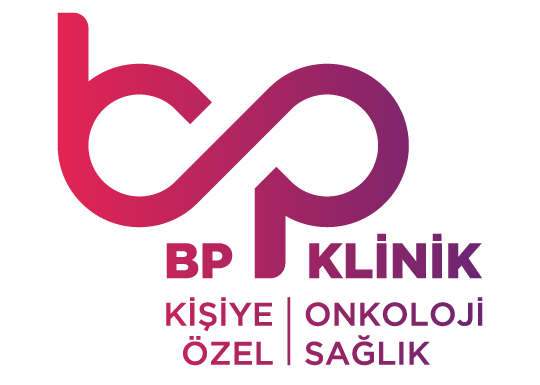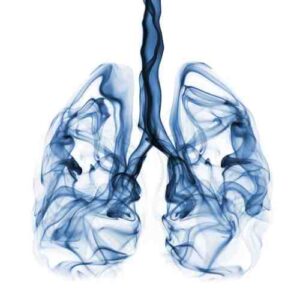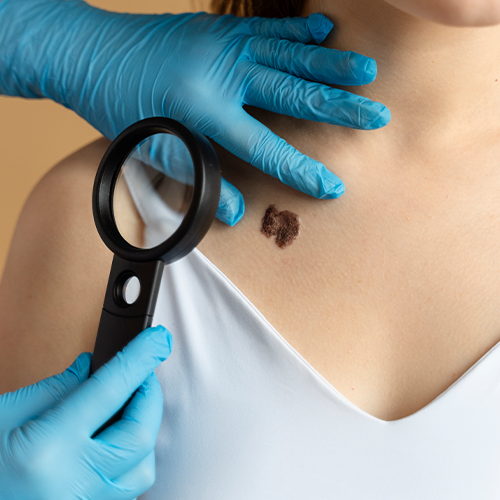What is Bile Duct Cancer?
What is Bile Duct Cancer?
The type of cancer that occurs in the bile duct, the duct that carries digestive fluids, is called cholangiocarcinoma, in other words, bile duct cancer. Bile ducts are the structure that connects the liver, which is one of the important organs of our body, to the gallbladder and our small intestines. Although this type of cancer is rare, its incidence increases with age.
What are the types of bile duct cancer (cholangiocarcinoma)?
Bile duct cancers are examined by dividing them into some subgroups for a more effective progression of the treatment process.
Intrahepatic cholangiocarcinoma: It is the presence of cancerous cells in the parts of the bile ducts in the liver. In some cases, it is also classified as a type of liver cancer.
Hilar cholangiocarcinoma: It is the formation of cancerous cells in the bile ducts located in the outer part of the liver. It may also be called perihilar carcinoma.
Distal cholangiocarcinoma: It is the name given to the formation of tumors in the bile ducts near the small intestine.
What are the symptoms of bile duct cancer (cholangiocarcinoma)?
Symptoms of bile duct cancer may include yellowing of the whites of the eyes, yellowing of the skin, intense itching, white stools, tiredness or weakness, pain in the abdomen, and involuntary weight loss. If you have such complaints that bother you, it is recommended that you consult a doctor as soon as possible. Cancer is a serious disease and examinations should be done carefully and regularly.
Risk factors
As with most types of cancer, age increases the risk of cholangiocarcinoma. In addition, smoking, which is the cause of many diseases, is among the factors that trigger bile duct cancer. Apart from these, diseases such as chronic liver disease, parasites, primary sclerosing cholangitis are among the risk factors that can trigger bile duct cancer. At this point, reducing smoking and protecting your liver health reduces the risk of developing cancer to a very minimal level. To have a healthy body, you must do the necessary elements.
How is the diagnosis of bile duct cancer (cholangiocarcinoma) made?
If you suspect bile duct cancer, you should consult a doctor. After some examinations, liver function tests are performed. At this point, information about the performance and condition of the liver is obtained. With the tumor marker test, the level of the cancer antigen CA 19-9 is checked. CA 19-9 is a protein that is expressed in large amounts by cholangiocarcinoma cancer cells. Cancer cannot be diagnosed just by looking at the amount of this protein. An excess of this amount is sometimes indicative of other problems, such as bile duct inflammation or obstruction.
The bile duct is examined with a small camera. This procedure is called endoscopic retrograde cholangiopancreatography (ERCP). During the procedure, a device with a small camera reaches down the throat to the digestive tract and small intestine. The bile ducts and the region connecting to the small intestine are examined by the camera. Assistance is also obtained from imaging tests, and dye injection can also be used.
Imaging tests
Thanks to imaging methods, cancerous cells in the internal organs and unusual movements can be interpreted. While diagnosing bile duct cancer, magnetic resonance (MR), computed tomography (CT), magnetic resonance cholangiopancreatography (MRCP) can be used. Unlike ERCP, in MRCP, three-dimensional images are obtained without the need to use paint to strengthen the images.
Biopsy has an important place in diagnosis. This procedure is to take a tiny piece from the suspicious region and examine it. If the suspected region is at the junction of the small intestine and the bile duct, a biopsy sample can be taken during ERCP. If the region planned to be taken is close to or inside the liver, tissue can be taken with fine needle aspiration. Computed tomography or endoscopic ultrasound imaging methods can be used to ensure that the needle reaches that region exactly.
Along with the biopsy procedure, examinations related to the suspected region are performed and results close to definitive are obtained. With these results, the characteristics of the tumor are determined and the treatment is shaped according to this process. These features may include the size and the stage of the tumor. At this point, imaging methods, biopsy and diagnosis are of great importance for the treatment process.
How is bile duct cancer (cholangiocarcinoma) treated?
Generally preferred methods include surgery, chemotherapy, radiotherapy and photodynamic therapy. At this point, most doctors do some tests to remove the cancerous tumor. Where necessary, cancerous tissue is removed from the body. At advanced stage bile duct cancer, liver, pancreatic tissues and lymph nodes can also be removed, depending on the tissue that has spread.
Liver transplant
In hilar cholangiocarcinoma, which we have mentioned in the bile duct cancer types, the liver is removed and the transplant is provided by transplanting the liver from a donor. Although many individuals get good results with this transplant, there is a possibility of recurrence of cancer cells after liver transplant.
Chemotherapy
Chemotherapy, which is used in many types of cancer, is the process of giving drugs to the body in order to destroy cancerous cells. In general, chemotherapy, which is more preferred in cancers that have spread throughout the body, can be used before liver transplantation. At the same time, it can be used as a support for the relief of symptoms and reduction of the patient’s complaints in patients with advanced bile duct cancer. There are standard treatment protocols for cholangiocarcinomas. However, the most appropriate should be to try to treat it with drugs to be selected in the light of genetic tests.
Radiation therapy
In cases where surgery can be performed, local fractionated radiotherapy can be applied if there is a possibility of microscopic disease behind. In cases where surgery cannot be performed, the procedure we call radiosurgery can be performed for local control of the disease instead of surgery. If surgery cannot be performed due to other accompanying diseases, or in an advanced disease that is adherent to the surrounding tissues, if surgery is not technically appropriate, the patient must be evaluated with a Radiation Oncologist.
In addition, radiotherapy can be applied to shrink the tumor, which we call palliation, and to reduce the patient’s complaints.
Photodynamic therapy
In this type of treatment, it is aimed to transfer a light-sensitive chemical substance to the vein and go to cancer cells. It is aimed to destroy cancerous cells by providing a chemical reaction with the laser light directed towards the tumor.








